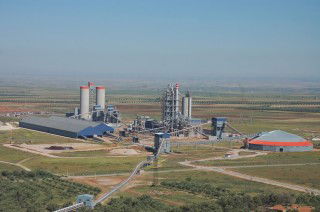Within southeast Asia, Malaysia represents one of the largest consumers of cement per capita. The lacklustre demand trends seen in the past 4-5 years were forecast to ameliorate in 2020 due to an influx of government-backed projects. However, as COVID-19 wreaks havoc on economies and industries, the impact on demand remains to be seen. By Manas Tamotia, LEK Consulting, Singapore.
Malaysia is divided into two parts – Peninsular Malaysia and East Malaysia in the northern part of the island of Borneo. Peninsular Malaysia comprises 13 states, which account for ~85 per cent of the country’s GDP. These states operate as one cement market that is distinct from the cement markets of the Sabah and Sarawak states in East Malaysia.
Malaysia’s per capita cement consumption of approximately 600kg is higher than that of developed economies such as the US and Australia, or even regional southeast Asian cement giants such as Vietnam and Thailand. As is the case in most developing nations, the demand drivers for the Malaysian cement sector can be linked to ongoing urbanisation and infrastructure development.
